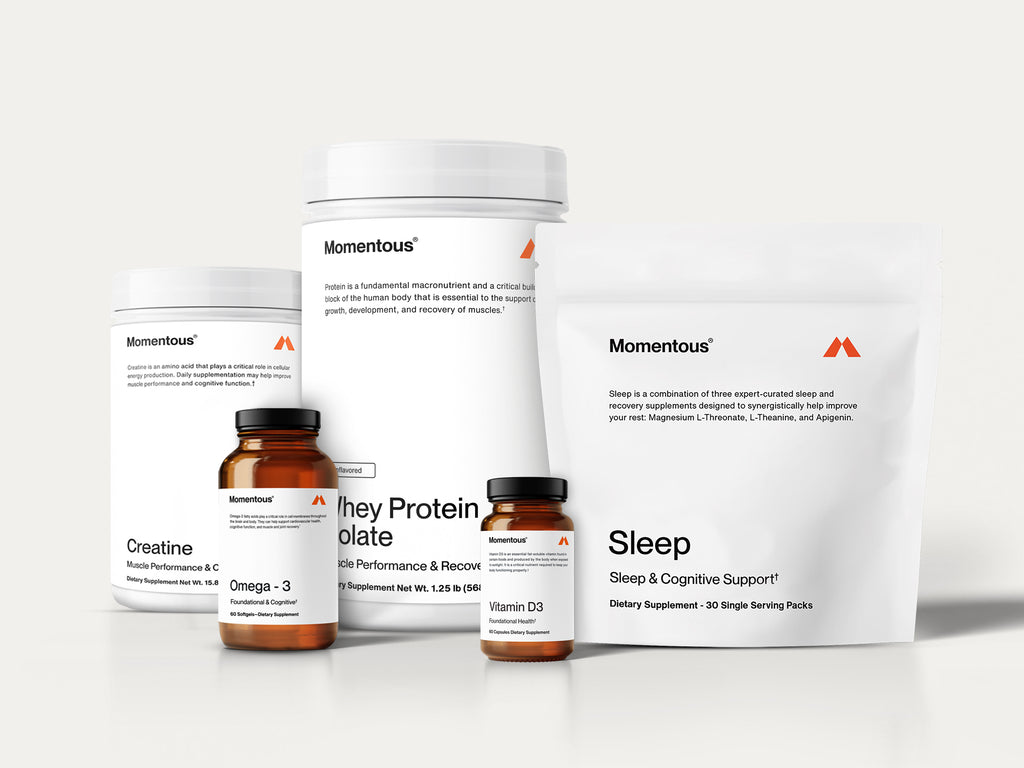By Patrick Dixon, Head of Applied Sports Science
Summary
Whether you’re into cycling, running, team sports or functional fitness, your performance is determined by factors that are constantly changing due to the impact of fatigue and mechanical stress. Maximal aerobic capacity, anaerobic capacity, strength and power all worsen as fatigue sets in during a training session. Anything that can delay the degradation of these important physiological characteristics will lessen the rate of progression toward fatigue and improve overall performance. Over time, being able to consistently stack quality training days together with greater efforts leads to greater improvement. As a component of any person's overall approach to everyday training, PR Lotion can help maximize training efforts, aid in recovery between training sessions, and enable the user to maintain desired intensity for longer periods leading to greater improvement over time.
Training Stimulus and Recovery
One of the biggest challenges for the everyday athlete in training is ensuring quality physiological loads to facilitate increases in strength and power as well as improvement in anaerobic and aerobic conditioning. In the weight room, those loads come in the form of weights lifted with force and velocity requirements to stimulate adaptations in peak power and peak absolute force production. For conditioning, work to rest ratios are managed, and volume and intensity are adjusted to optimize anaerobic and aerobic adaptations. In both spaces, it is important to maintain high quality efforts at the intended intensity or at the prescribed training volumes. If you cannot perform the prescribed weight room or conditioning workout, the quality of adaptation (training response) from that workout will suffer.
The second challenge is appropriate recovery. The “readiness” to train can be a crucial element in promoting adaptations between training sessions. Neuromuscular, mechanical, cardiovascular, and metabolic (to name a few) adaptations to the stress of a training session occur during rest and recovery periods, thereby requiring an optimized ratio between work and recovery. Decreased muscle function, muscle soreness, and/or tissue inflammation are sometimes a consequence of adequate training loads and, unfortunately, occur alongside necessary positive adaptations to the training stress. That is, the positive adaptations to training enable your body to be more capable of handling more stress. The challenge here is adequate recovery, such that reduced muscle function and soreness do not impact the next high-quality training effort.
Sodium Bicarbonate
Sodium bicarbonate is known to act as a buffer to neutralize acid production during high intensity exercise, helps maintain overall pH balance, and aids in reducing the inflammation and tissue swelling that leads to delayed onset muscle soreness (DOMS). The increased buffering potential in the muscle allows you to maintain higher training loads/intensities and complete more high-quality training efforts. Most of the more well known research though has focused on the benefits of sodium bicarbonate ingestion on performance outcomes on a single day. But how does it work if used on multiple consecutive days?
In the studies below, investigators looked at daily use of sodium bicarbonate on multiple consecutive days. In different time periods they found the following:
5 Days:
McNaughton et al showed a 14% increase in peak power after 5 days of sodium bicarbonate
supplementation.
Dourados et al found that the prolonged sodium bicarbonate exposure led to a 12.9% improvement in performance during the Wingate test
10 Days:
Durkalec-Michalski et al showed a 6.1% increase in total reps completed in a crossfit style protocol with a 4% increase in workload at ventilatory threshold and a 4.2% increase in time to ventilatory threshold when looking at an incremental cycling protocol
6 Weeks:
Wang et al showed that peak power was significantly higher after both 3 and 6 weeks of training (7.56% and 20.79%) as was lactate clearance rate and lactate clearance velocity. The control group improved as well, but not to the same extent (7.56% and 10.35%).
There are 2 important takeaways from these 4 studies:
Use of sodium bicarbonate on consecutive days shows an improvement in performance which falls in line with previous published research.
Using sodium bicarbonate over multiple weeks of training showed more improvement than training without using sodium bicarbonate.
PR Lotion Supports Optimal Training Over Time
PR Lotion is a topical product that delivers sodium bicarbonate directly through the skin, thereby bypassing gut limitations. The lotion works by creating a safe and effective pathway, while at the same time encapsulating the sodium bicarbonate for effective delivery through the skin.
During training sessions above threshold intensities or near maximal efforts, increased buffering potential in the muscle can reduce the rate of fatigue development. Reducing fatigue progression, either during training or competition, will minimize the impact of fatigue on training technique and the corresponding effect on energy requirements to maintain a desired force / power output.
Between training sessions, PR Lotion can improve recovery in two ways. First, the alkaline environment provided by bicarbonate in the muscle can reduce post-exercise inflammation. Applying PR Lotion before a high intensity or strength training session can reduce the feeling of muscle soreness due to inflammation. Second, sodium bicarbonate can decrease edema or tissue swelling that occurs following heavy or long training sessions. Combined, this leads to reduced delayed onset muscle soreness between training sessions. In fact, research exploring PR Lotion’s impact on recovery demonstrated about 50% less delayed onset muscle soreness following high intensity exercise. Improved muscle recovery and function following a hard training effort can only enhance the quality of the subsequent training session.
References:
1. Wang, J., Qiu, J., Yi, L. et al. Effect of sodium bicarbonate ingestion during 6 weeks of HIIT on anaerobic performance of college students. J Int Soc Sports Nutr 16, 18 (2019).
2. McNaughton L, Backx K, Palmer G, Strange N. Effects of chronic bicarbonate ingestion on the performance of high-intensity work. Eur J Appl Physiol Occup Physiol. 1999;80(4):333-336.
3. Douroudos II, Fatouros IG, Gourgoulis V, et al. Dose-related effects of prolonged NaHCO3 ingestion during high-intensity exercise. Med Sci Sports Exerc. 2006;38(10):1746-1753.
4. Chycki J, Golas A, Halz M, Maszczyk A, Toborek M, Zajac A. Chronic Ingestion of Sodium and Potassium Bicarbonate, with Potassium, Magnesium and Calcium Citrate Improves Anaerobic 5. Performance in Elite Soccer Players. Nutrients. 2018;10(11):1610.
5. Durkalec-Michalski K, Zawieja EE, Podgórski T, et al. The effect of chronic progressive-dose sodium bicarbonate ingestion on CrossFit-like performance: A double-blind, randomized cross-over trial. PLoS One. 2018;13(5):e0197480. Published 2018 May 17.















